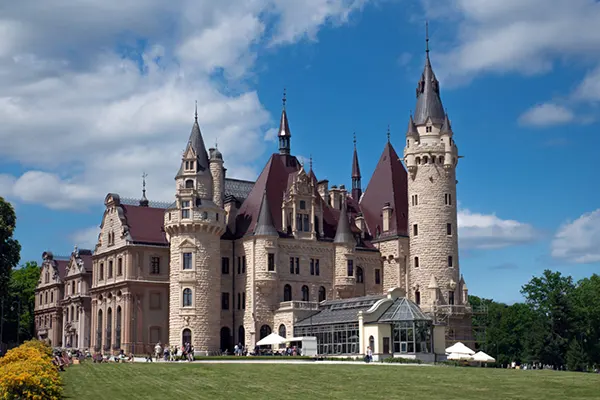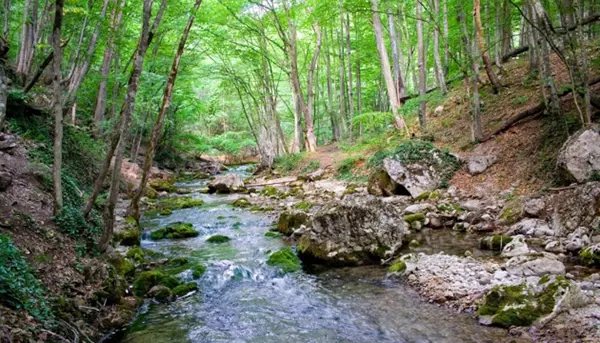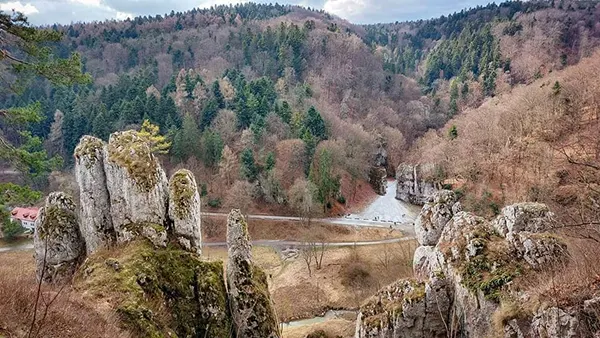
Poland for Film Lovers: Exploring Iconic Movie and Series Locations
Poland has increasingly captured the attention of international and local filmmakers alike. From Netflix hits to Oscar-winning classics, the country’s historical architecture and picturesque towns offer more than just cinematic appeal. For travellers who are passionate about both culture and cinema, Poland presents a unique opportunity to walk through scenes from their favourite movies and shows.
Kazimierz Dolny: Where History Meets “The Pianist”
This charming town on the Vistula River is known for its preserved Renaissance architecture and artistic heritage. Yet to many cinephiles, it’s most memorable as one of the filming locations of Roman Polanski’s “The Pianist”.
Set during World War II, the film follows Władysław Szpilman, a Jewish pianist trying to survive in Nazi-occupied Warsaw. While the movie primarily unfolds in Warsaw, scenes shot in Kazimierz Dolny vividly recreate the devastated urban environment of the 1940s.
Wandering through the cobblestone streets and old market square, visitors can still feel the haunting atmosphere captured on screen. The synagogue, tenement houses, and views from the surrounding hills all contribute to the town’s immersive historical aura.
Planning Your Visit to Kazimierz Dolny
Located about 140 kilometres from Warsaw, Kazimierz Dolny is perfect for a day trip or weekend getaway. It’s accessible by bus, car or organised tours, and has numerous galleries, local inns, and restaurants that celebrate its artistic past.
Film lovers should walk through the main square and visit the old granaries near the Vistula riverbanks. The area is also ideal for photography, especially during early morning or late afternoon when the lighting resembles that of the film.
Combining the town’s cinematic past with its tranquil present, Kazimierz Dolny offers a quiet but emotionally resonant experience for history and film buffs alike.
Ogrodzieniec Castle: The Witcher’s Battle-Scarred Bastion
In the hills of southern Poland lies Ogrodzieniec Castle, an imposing medieval ruin featured prominently in Netflix’s “The Witcher”. With its towering limestone walls and dramatic scenery, it stood in for the fortress of Sodden Hill during key battle scenes.
The choice of location was no accident. Built in the 14th century and damaged multiple times over the centuries, the castle’s weathered stones and skeletal towers are the perfect fit for the show’s dark, magical world.
Its role in “The Witcher” has drawn a global fanbase to this once-sleepy site, revitalising local interest and tourism. Fans can now walk the same paths as Geralt of Rivia and immerse themselves in a truly cinematic landscape.
When and How to Explore Ogrodzieniec
Best visited from spring through early autumn, the castle is accessible by train or car from Kraków (approx. 1.5 hours). There is a modest entry fee, and local guides offer themed tours for fans of the series.
The area around the castle is part of the Jurassic Highland (Jura Krakowsko-Częstochowska), a region known for hiking and rock climbing. Combining nature with pop culture makes this destination ideal for active travellers.
Each summer, the castle also hosts medieval fairs and re-enactments that further enrich the experience, especially for visitors with an interest in history and fantasy storytelling.
Warsaw on Screen: The Heart of Polish TV and Cinema
Poland’s capital is not only the country’s political and cultural centre—it’s also the most popular filming location for Polish TV shows and films. Productions like “Belfer”, “1983” (Netflix’s first Polish series), and “Kruk” have all used Warsaw’s dynamic urban landscape.
Contemporary Polish dramas often showcase Warsaw’s contrasts: modern skyscrapers next to post-Soviet blocks, stylish cafés beside street murals, and renovated Jewish districts neighbouring remnants of the past. This visual richness translates powerfully on screen.
As more Polish series gain international recognition, Warsaw continues to serve as a visual protagonist, reflecting societal changes and cinematic trends within the country.

Explore Warsaw’s Cinematic Hotspots
Visitors can walk through Praga, one of the city’s oldest districts, which often features in darker, grittier scenes. Many directors prefer Praga for its pre-war buildings and raw aesthetic.
The Palace of Culture and Science, another iconic site, has appeared in multiple productions due to its imposing presence. Warsaw’s Old Town, meticulously reconstructed after WWII, provides a backdrop for both historical and modern narratives.
Film-inspired tours and walking guides are now widely available, making it easier than ever for fans to follow in the footsteps of their favourite characters while exploring Warsaw’s layered identity.
Popular articles
-
 Moszna Castle: A Fairytale Landmark of Lower Silesia
Moszna Castle: A Fairytale Landmark of Lower SilesiaMoszna Castle stands as one of the most recognisable historical …
-
 Roztocze — the Green Pearl of Eastern Poland
Roztocze — the Green Pearl of Eastern PolandRoztocze, a scenic region stretching across the Lublin Voivodeship in …
-
 Kraków Valleys — Picturesque Gorges, Rocks and Walking Trails near Kraków
Kraków Valleys — Picturesque Gorges, Rocks and Walking Trails near KrakówThe Kraków Valleys, known in Polish as Dolinki Krakowskie, are …
